Botanical Illustration- The How, the Why, and the Why Not
I love acrylic painting, it is the medium that I enjoy the most. I like the precision of other art forms, linoleum cuts, watercolor, urban sketching, etc... But I love painting, the feeling of the brush strokes, the thickness of the paint, how glossy it is when wet and then matt as it dries. I love the step where after the underpainting is more or less done the lines start to tighten up and the picture goes from a blurry mess to an actual image, and the last step, one toward which I have a feeling both of great contentment and simultaneously intense impatience, the adding of the final details, the deepening of shadows, the highlights that make the picture pop. This is the point where a picture really starts to feel finished.
However, no matter how finessed these stages are, no matter how good the blending or highlights, the end result of a painting really depends on whether or not the initial drawing is good. And many of my drawings were, frankly, nothing to write home about. the perspective was acceptable and so were the shapes but they weren't interesting, or even worse, they were not quite right somehow. With the aim of improving this aspect of my painting, I began looking around for a drawing course to brush up on the basics. The best option I could come up with in my own town, within a three month period was a botanical illustration course, and while I like plants and flowers, more so now than I did at that time, I have never been especially attracted to botanical illustrations as finished pieces. I have always preferred the rich colors and textures of oil or even acrylic paintings.
I arrived at the course with several botanical ideas in mind and several Pinterest searches behind me. I estimated that I could probably do about 12 nice botanical pieces during the two-day seminar. On a large desk at the front of the room were vases full of wonderful flowers and plants. I selected the best ones (in my opinion) and made my way to my desk. Looking around it was evident that I was behaving normally for the group, students sat immersed in a sea of flowers, getting out supplies and trying to make room for their large blocks of watercolor paper. And then came the wake-up call. The professor took one look at our garden like surroundings and announce that we would, if we worked hard, manage to do either a single bloom, a small branch or a leaf that weekend. We should select one and clear everything else away.
A single leaf, one blossom? Surely I would do several, maybe the others were real beginners, but then my training in botanical illustration began. As popular as it has continued to be in England, Australia, the US, Scandinavia, Italy and several other locations globally, Botanical Illustration is something of a lost art here in Austria, practiced by only a handful of people. The technique in itself is simple but painstaking and extremely time intensive. It is also detrimental to one's posture and vision as I have observed myself over the last several years.
A botanical illustration starts with a light sketch made with a light hand and a hard pencil, within the confines of this sketch an almost transparent layer of water and the slightest amount of pigment is applied to lay the fibers of the paper down. and provide a truly flat surface upon which to work. Upon this transparent basis is layered between 10 and 30 layers of diluted watercolor using a drybrush technique so as not to flood the illustration. The colors are premixed using yellow, blue and magenta (occasionally red depending on the color needed) then diluted to virtual translucent. to achieve darker hues, or to build up shadow more layers are added.
The result is that the white of the paper shows through making the final work slightly luminescent.
I don't choose to employ this time and labor-intensive technique for the majority of my drawings. I do however use a much dryer technique to add detail and layers to normal aquarelle pieces. I also like to finish them with the care that a botanical illustration receives in the final layers.
Scientific Illustration:
Whether concerned with botanical other subject matter, scientific illustration works along the same principles. Although I don't use the system of multiple layers and glazes I do use many of the detailing techniques in my normal watercolor illustrations.
Scientific Drawing with free aquarelle:
I also like using a more scientific drawing technique while adding aquarelle in a completely free and random way.
Do you like the Scientific style? If you are an artist what technique do you prefer with watercolor?
Do you have experience in this area? Leave me a comment.
I post three times a week; Tuesday, Thursday, and Sunday. To get posts as soon as they are published click on the subscribe button at the top of the page or Follow by clicking on the follow button.


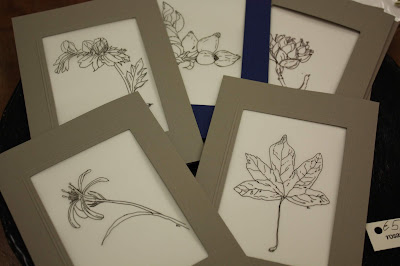
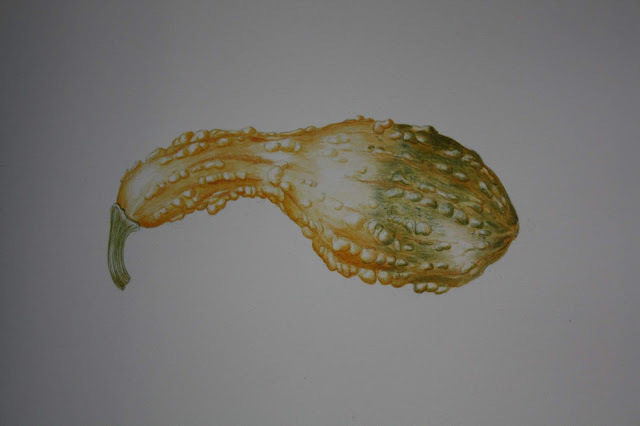
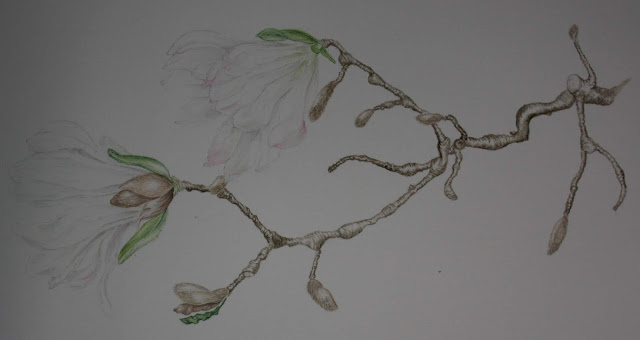

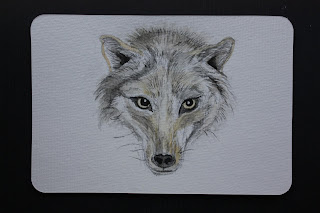

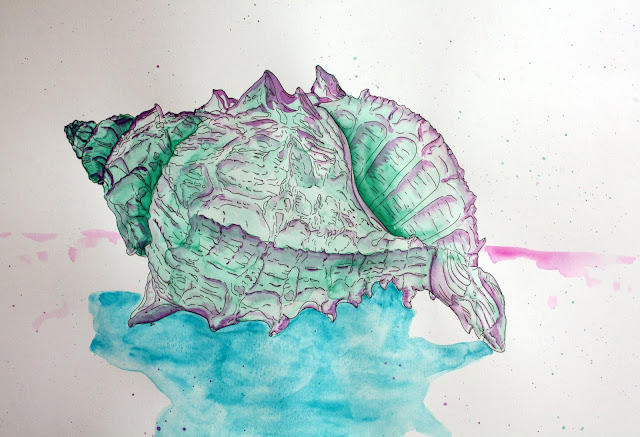









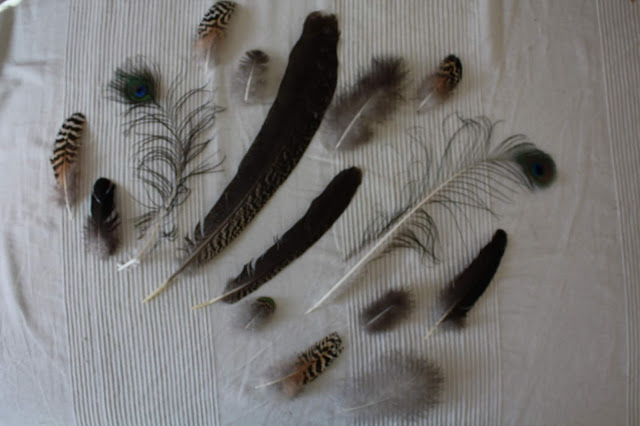
Comments
Post a Comment